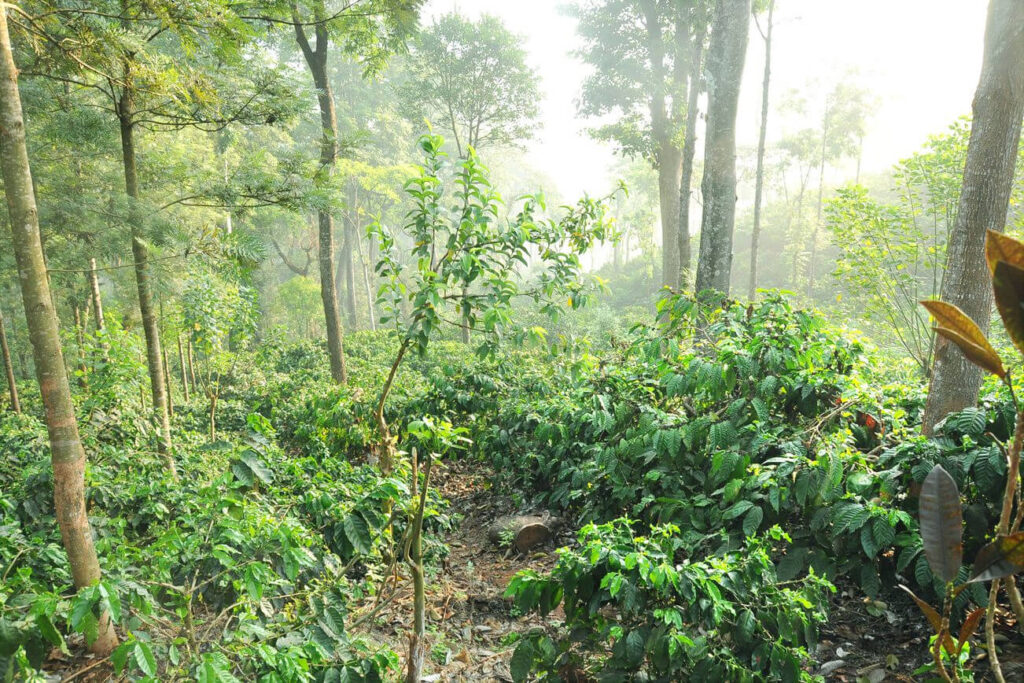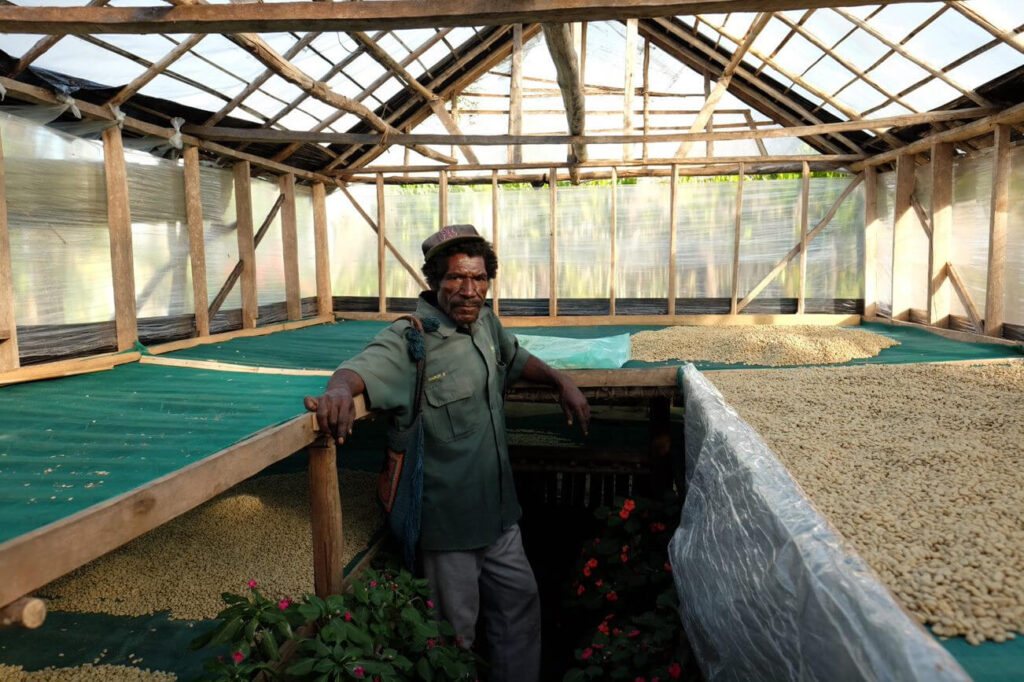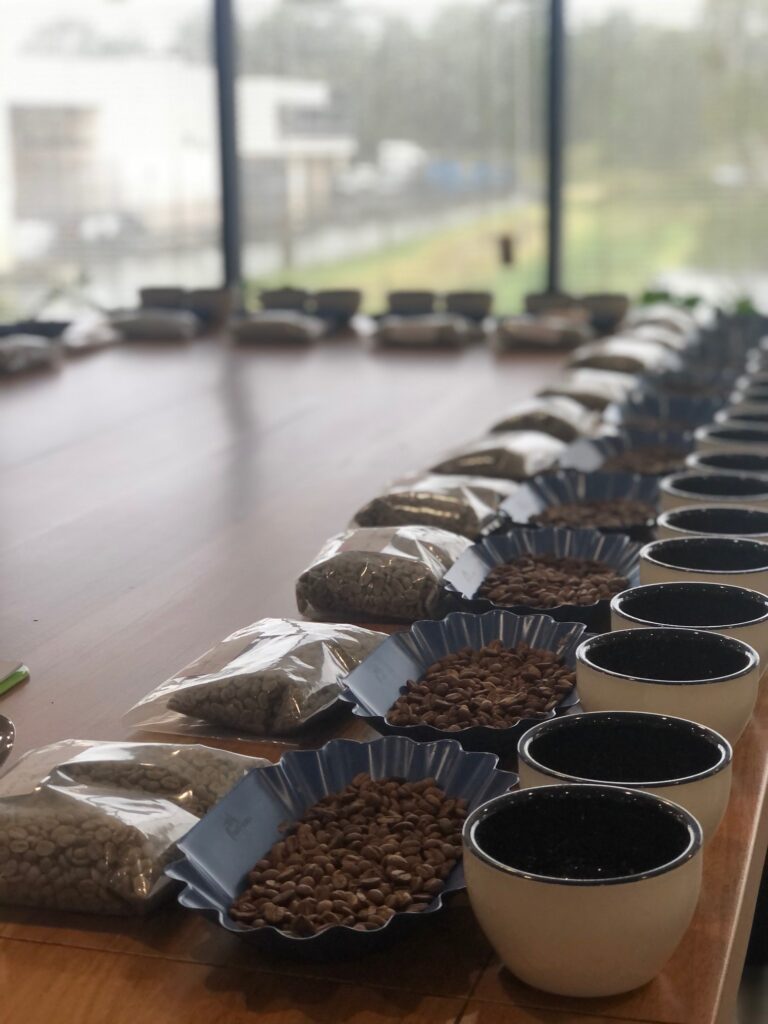
Sustainable Coffee
As members of our ACTA we are familiar with and supportive of sustainble agriculture! With growing emphasis in the media on this subject, it may be opportune to update and clarify the current position, particularly in view of substantially higher world coffee prices.
Fairtrade
Fairtrade changes the way trade works through better prices, decent working conditions and a fairer deal for more than 1.65 million farmers and workers in developing countries. This enables producers to have more control over their lives, decide how to invest in their future and to build thriving communities.
Fairtrade then works with businesses and governments to increase transparency in supply chains, and connect producers with the businesses and people who buy their products.
The Fairtrade Mark, which is displayed on products, shows that the Fairtrade ingredients in the product have been produced by small-scale farmer organisations or plantations that meet internationally agreed Fairtrade social, economic and environmental standards. Products carrying the Fairtrade Mark are independently certified and audited to ensure compliance.




